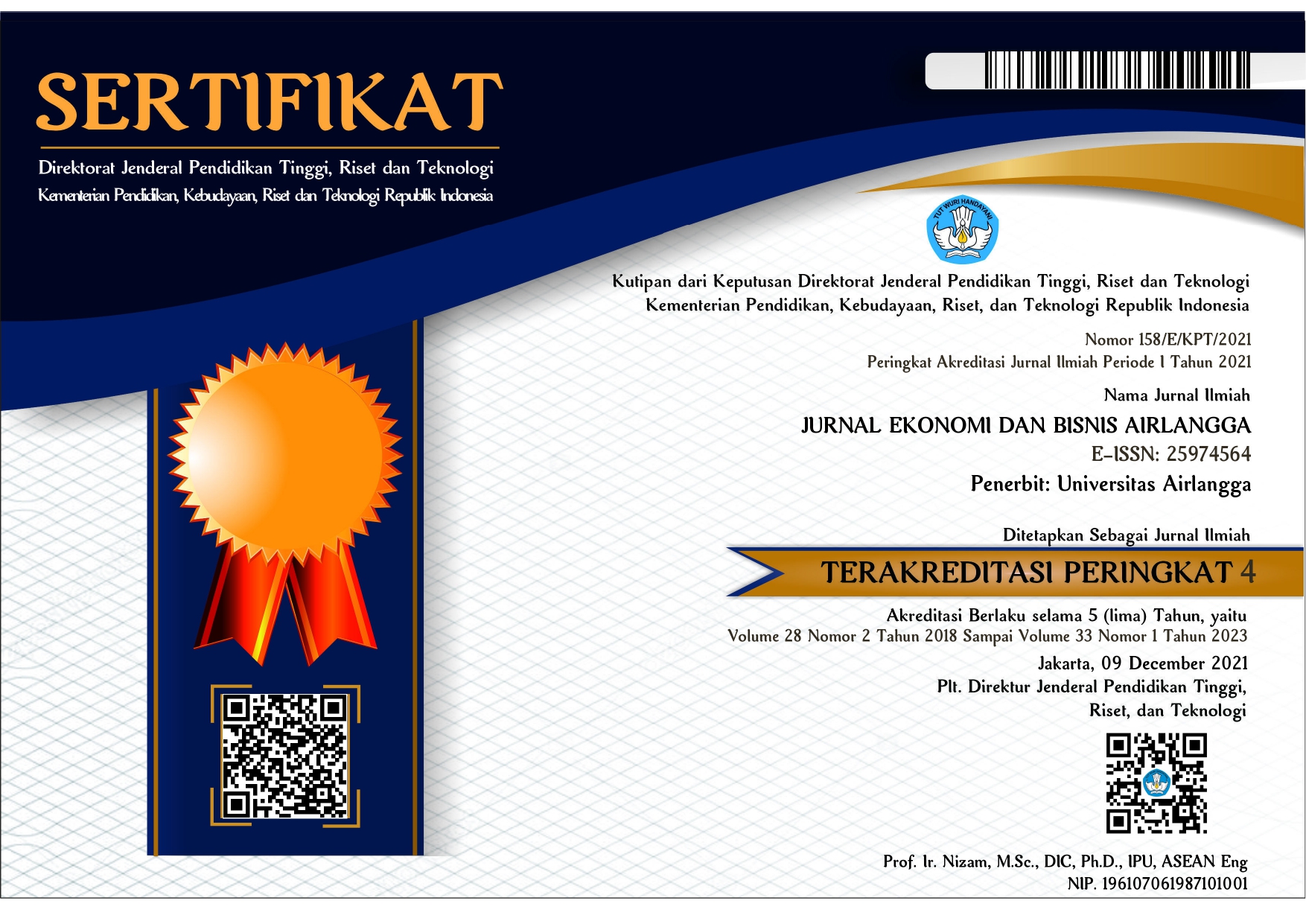THE HIGHER EDUCATION SERVICE INSTITUTION AND ITS DYNAMIC SUSTAINABILITY: A JOURNEY FROM CULTURE-STRATEGY RELATIONSHIP AND OPEN SYSTEM MODEL OF HUMAN RESOURCE SYSTEM REVIEWS TO MODIFIED SERVICE TRIANGLE MODELS.
Downloads
Nowadays customer requirement evolve and, as result, operational capabilities also need to evolve,
therefore, achieving sustainability also requires strategy to engage with the dynamic processes of
innovation and change. Key to such sustainability and dynamism are innovation and change. In
addition, the interplay between strategy and culture plays a crucial role in organizational performance.
This inspects such relationships within the context of higher education institution.
Literature on innovation-based sustainability suggests three key elements: learning, appropriation,
and path dependency. Drawing on such a paradigm in order to apply it to service institutions requires
an integrated outlook that puts together a comprehensive look at all stakeholders (students, employees,
operational system) as well as the understanding of an applicable and coherent service concept. For
this, Davis' culture-strategy relationship, Albrecht's service triangle, and Wright & Snell's open system
model of human resources management are reviewed and analyzed.
A modified service triangle approach is thereafter proposed, as a tenable recommendation for service
delivery in higher education institutions. Implications are likewise drawn for the assessment of
managerial competence and behavior in such a step.
Keywords: Dynamics sustainability, new roles of HRM, culture-strategy relationship, competencebehavior in open system model of the human resource system, modified service triangle
model, higher educational institution.
The journal allows the author to hold the copyright of the article without restrictions.
The journal allows the author(s) to retain publishing rights without restrictions
The legal formal aspect of journal publication accessibility refers to Creative Commons Attribution Share-Alike (CC BY-SA).
Jurnal Ekonomi dan Bisnis Airlangga (JEBA) is licensed under a Creative Commons Attribution-ShareAlike 4.0 International License



.png)












